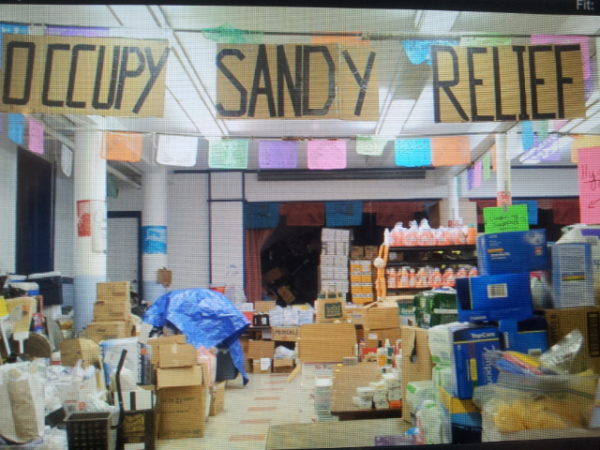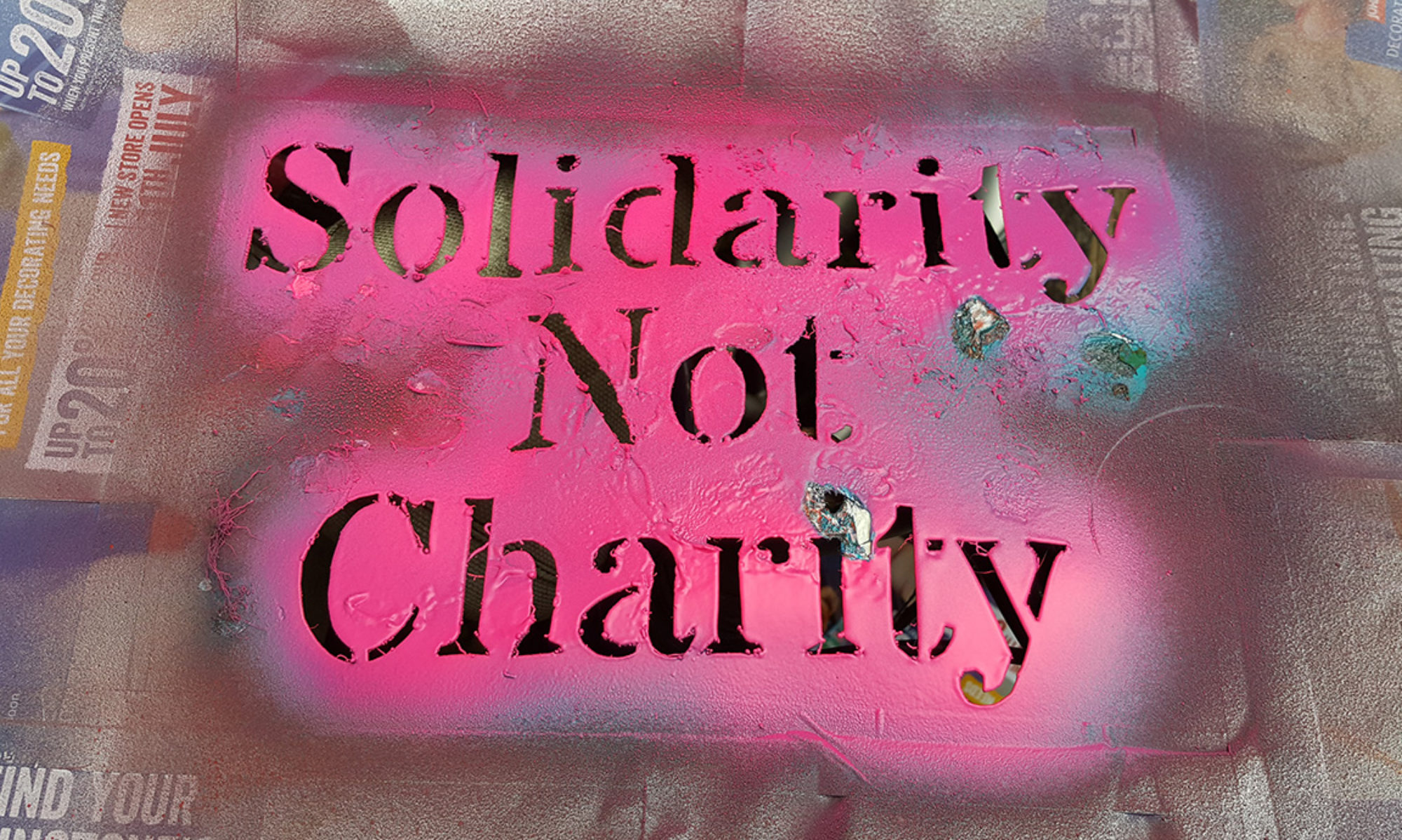Emergency Preparedness and Disaster Relief
- Occupy Sandy was a grassroots disaster relief network that emerged to provide mutual aid to communities affected by Superstorm Sandy. Like other mutual aid projects in the face of disaster, it recognized the perpetual failures
 of state responses to disaster, and directly supported people in danger after the storm. Here is a video about it. This resource page is filled with useful links about how to clean up and rebuild safely, how to help people navigate governmental programs and get what they are supposed to provide, and more.
of state responses to disaster, and directly supported people in danger after the storm. Here is a video about it. This resource page is filled with useful links about how to clean up and rebuild safely, how to help people navigate governmental programs and get what they are supposed to provide, and more. - A Katrina Reader: Readings by and for Anti-Racist Educators and Organizers This collection is a phenomenal collection for understanding the racist context that created the unnatural disaster that happened in New Orleans and that structured how it was address. There are articles that outline the kinds of anti-racist organizing that was going on both before and after the storm, including examples of mutual aid work. This collection might be particularly useful for groups wanting to think deeply about how racism structures disaster relief as they plan mutual aid projects related to emergencies of all kinds. Also a source of inspiration for learning about anti-racist and anti-poverty mutual aid and community work in historical and contemporary New Orleans.
- In New Orleans after Hurricane Katrina, women of color activists formed the New Orleans Women’s Health Clinic, a local clinic that received no state or federal money during its existence. It provides a powerful model of self-organized health care. Here are two radio stories that describe the work.
- Here is a page of analysis and resources published by INCITE! about disaster relief in the context of the 2010 devastating earthquake in Haiti. Here is a page more generally about gender and disaster relief.
- Here is useful analysis from Nada Elia, Alisa Bierria and Shana Griffin about Palestine, Haiti and “disaster relief.”
